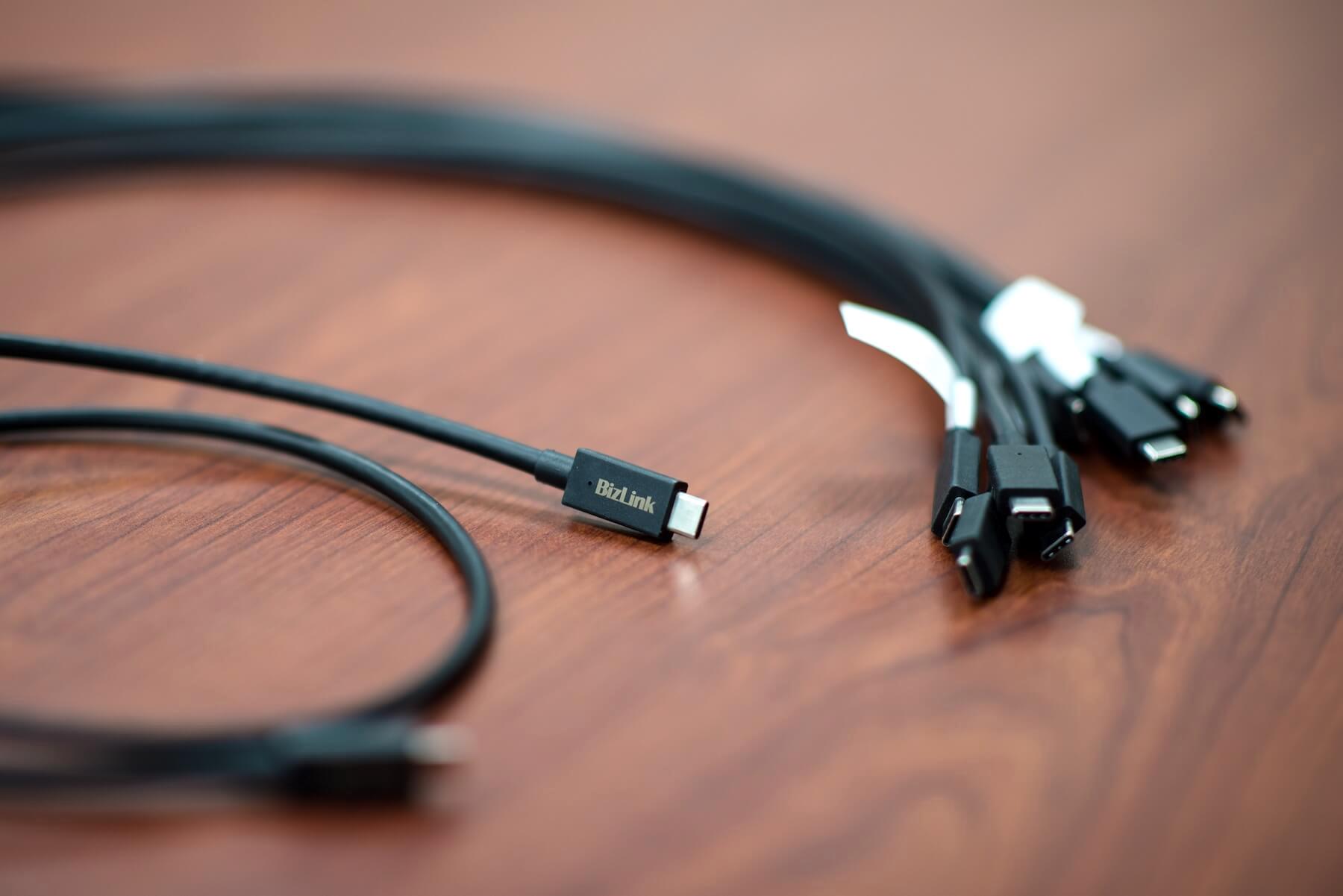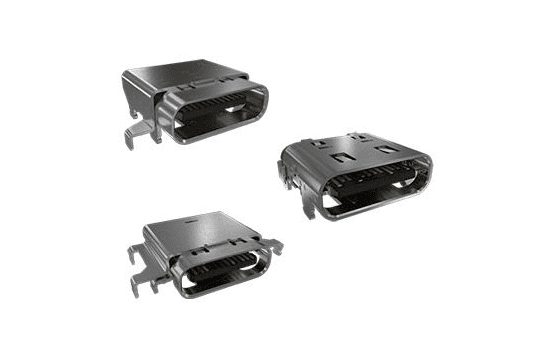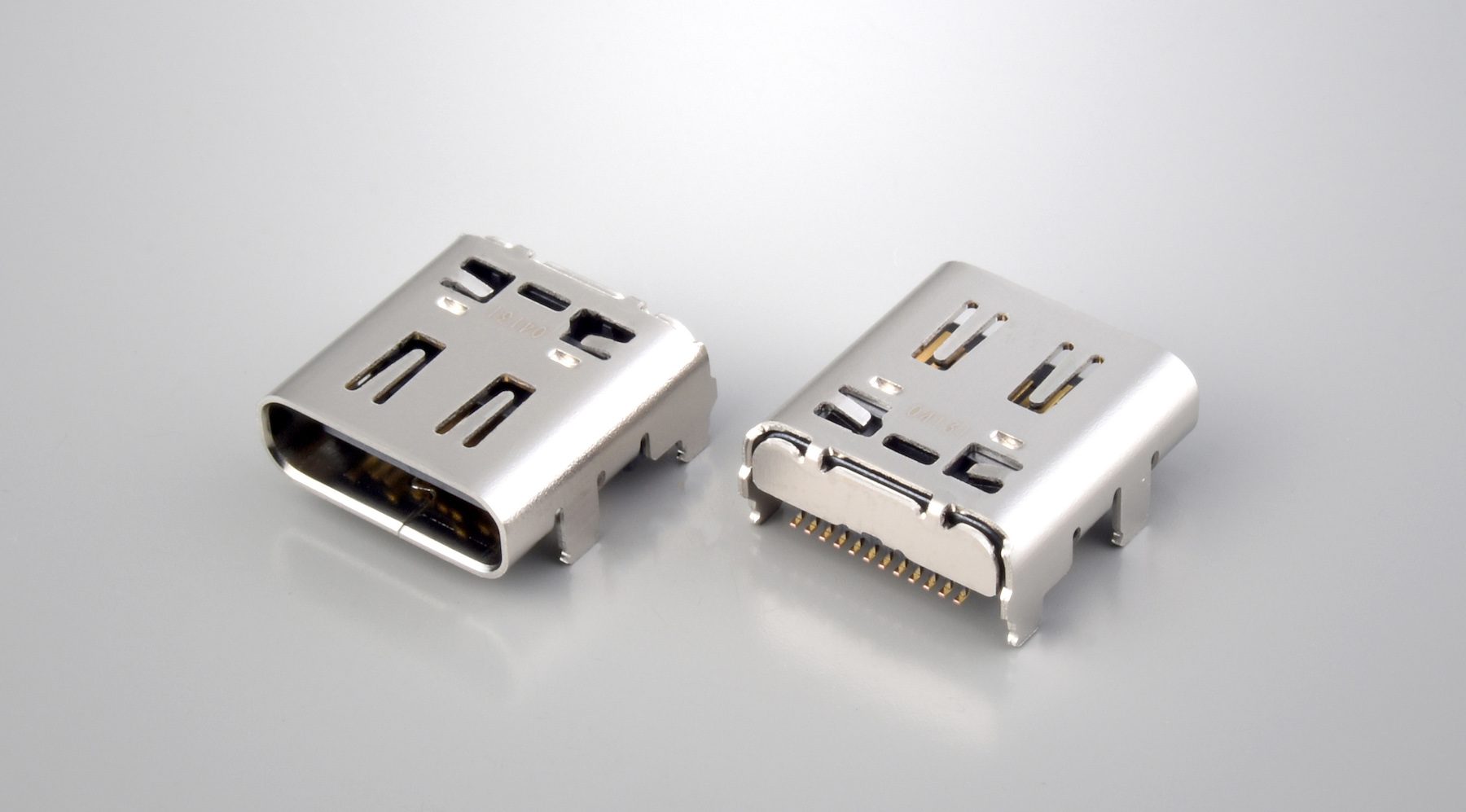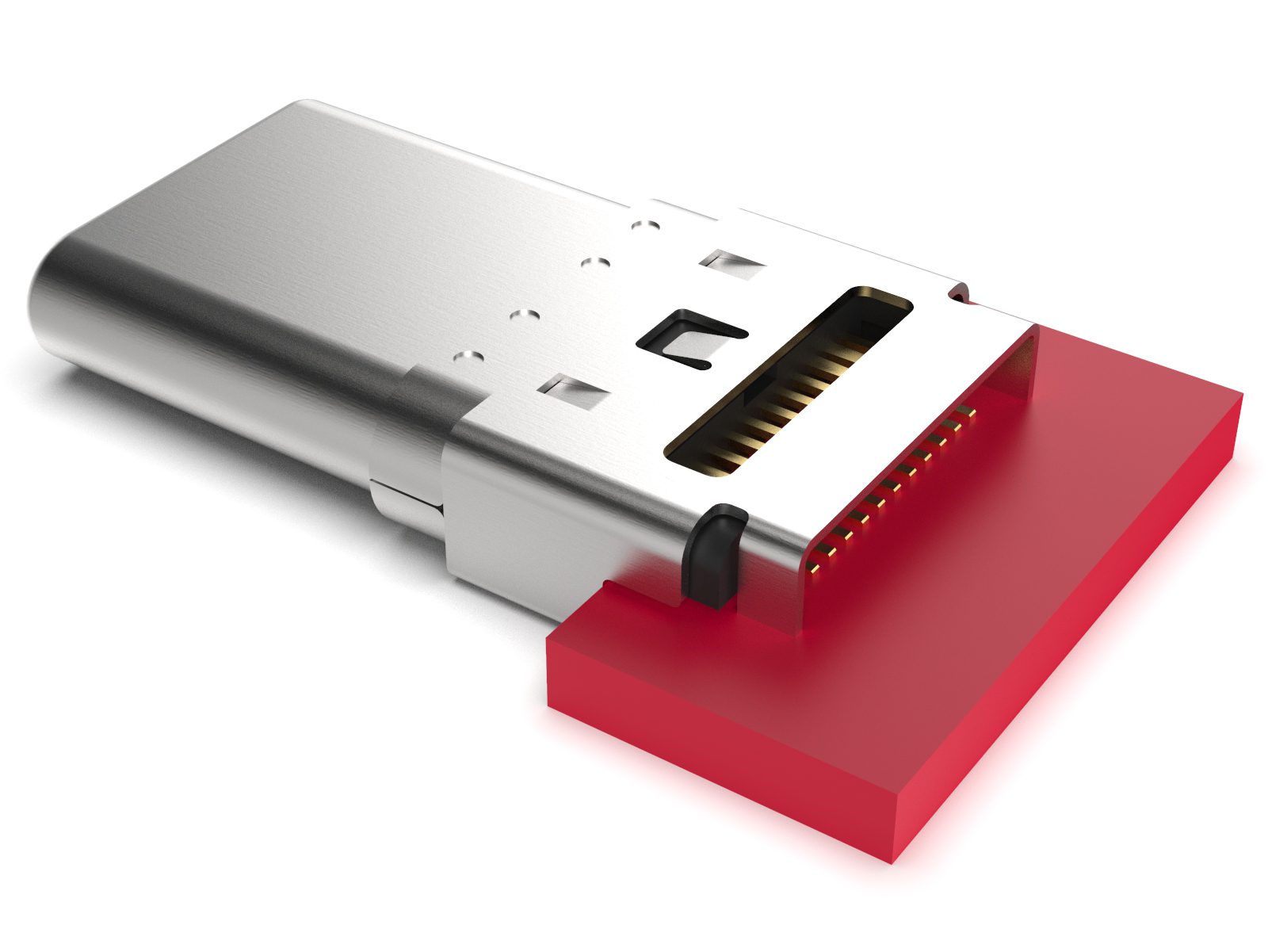USB4 and Thunderbolt 4 Cables Supercharge Type-C Connectors
As products featuring the USB Type-C port come into widespread use, it’s the cable that makes all the difference.

The USB Type-C connector is taking over. Although the high-speed standard was released in 2017, this oval-shaped connector is only now reaching widespread adoption. At CES 2022, companies introduced a host of computing and peripheral products featuring the Type-C interface, including telecom, computing, automotive, automation, and IoT devices.
The USB Type-C connector interface combines power and signal delivery with audio and video data in one interface that supports DisplayPort Alt Mode 2.0, HMDI, MHL, and Thunderbolt. The USB 3.2 Gen 1, USB 3.2 Gen 2, and USB 3.2 Gen 2×2 SuperSpeed specifications, as well as USB4, the latest revision to the USB specification introduced by the USM Implementers Forum in 2019 all use this port. In theory, this flexibility allows designers to reduce the number of ports enabling different functions on a single device; one port could rule them all. In reality, a huge number of existing products still contain earlier types of USB connectors, meaning compatibility issues will be a challenge for some time.
This lack of continuity leads to unpredictable charging speeds and the annoying need for adaptors and dongles. The Type-C port allows backwards compatibility but only to the lowest standard.
So, what’s the difference? The physical Type-C connector and port are the same across standards but adding active Thunderbolt 4 or USB4 cabling with USB Power delivery (USB PD) enables the system to perform at the peak specification. The data transfer speed is determined by the cable.

BizLink’s USB4 cable is lightweight but durable, with a temperature rating of 80℃, voltage of 30V, tinned or silver-plated copper conductor, and insulation compliant with RoHS2.0 that passes flame test, resists oil, and resists damage from sunlight.
Other compatibility challenges pertain to Test & Measurement applications, which require specific fixtures and control software. “I wish it was cleaner, but they are quite different technologies,” said Jit Lim, Strategic Planner for the Keysight USB Type-C Ecosystem Solutions in a January 2022 Keysight Technologies webinar.

Amphenol ICC’s IP68 USB4 Gen 3 Type-C connector is compatible with the Thunderbolt 4 interface that combines power charging, tunneling USB, PCIe data transfer, DisplayPort video, and audio capability.
Although the USB4 technology is hosted by the standards body USB Implementers Forum (USB IF), Lim notes that it is based on Intel’s proprietary Thunderbolt 3 technology, donated to USB IF by Intel. Thunderbolt 4 is the current standard. All connectors and cables that carry the Thunderbolt name must be certified by Intel. “There are a lot of similarities between USB4 and Thunderbolt 4,” said Lim, including different bit rates.

JAE’s USB Type-C receptacle connector is certified for use in USB4 40 Gb/s devices. It’s part of the DX07 Series, which includes USB Type-C receptacle and plug connectors, as well as cable harnesses.
Thunderbolt is the more powerful option, especially with high-speed data transfers. A Thunderbolt 4 cable allows for up to 40 Gb/s data transfer, 100W power delivery, and can support high-resolution displays up to 8K or a USB-C monitor. Some functions that are optional within USB4 are standard to Thunderbolt 4, and some application-specific configurations require cables suitable to the associated standard. Thunderbolt 4 can only achieve its maximum speed when paired with a Thunderbolt 4 cable. “The testing that is used for USB4 requires different instruments; the equipment requires active cables with re-timers and re-drivers,” said Lim.

GCT’s edge-mount USB Type-C Plug (USB4155) provides design engineers with greater options for docking solutions and plug-in external dongle devices. Available from Digi-Key Electronics and Mouser Electronics.
So, what’s next for the Type-C port? “You may have heard some rumblings about USB4 Version 2,” said Lim, but at this point, it’s all rumor and speculation. “You could assume that it could use multilevel signaling, such as PAM4, because the kind of requirements in a multilevel signaling environment are going to be significantly different. This is not public information, but it is being discussed.”
Like this article? Check out our other Standards, and USB articles, our Datacom Market Page, and our 2022 and 2021 Article Archives.
Subscribe to our weekly e-newsletters, follow us on LinkedIn, Twitter, and Facebook, and check out our eBook archives for more applicable, expert-informed connectivity content.
- Where in the World is Amphenol LTW’s Luc Kan? - April 23, 2024
- TE Connectivity’s Sustainability Efforts Pay Off - April 23, 2024
- What is a VGA Connector? - April 23, 2024





